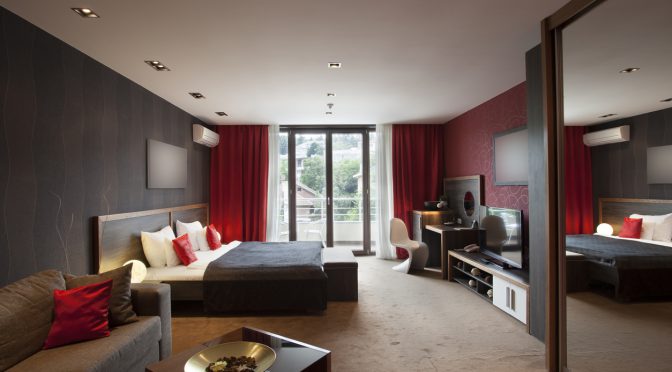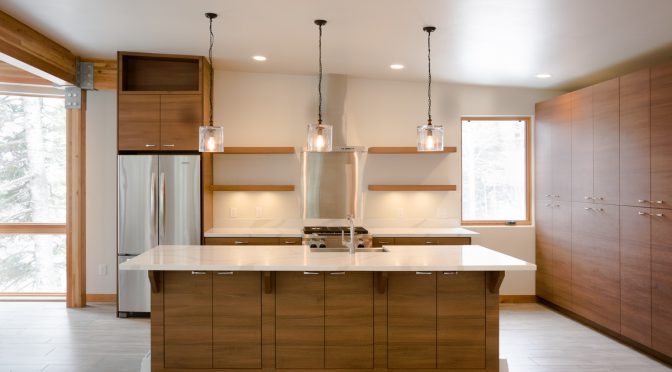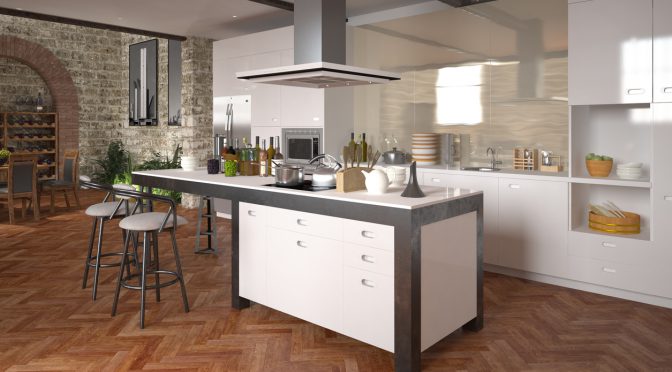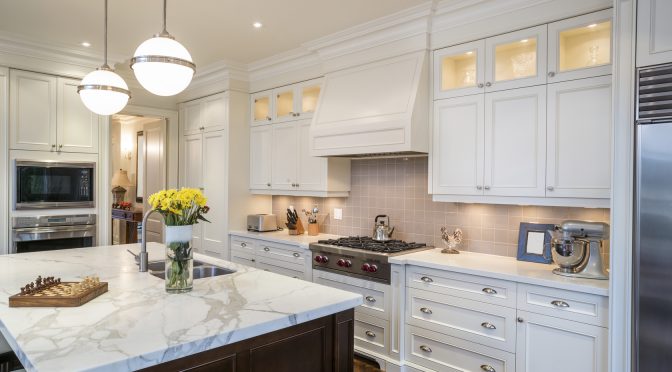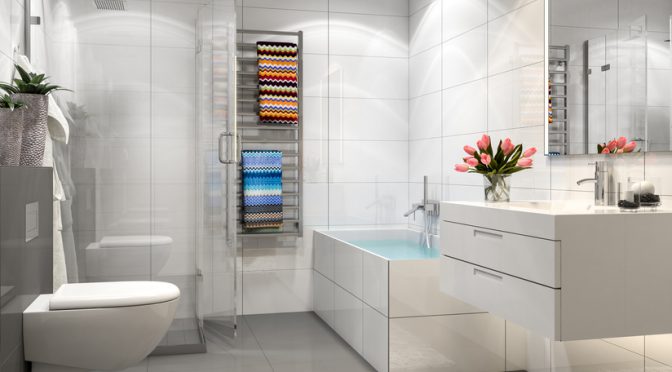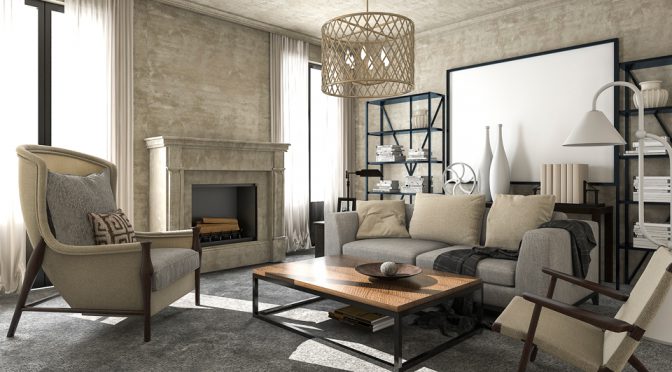It is disruptive, bothersome, eccentric. Yet, there is a way to use red, the colour of love and joie de vivre, without overpowering a room. Let’s take a closer look.
Some rooms we’ve seen are entirely red, from top to bottom, including the furniture. They are, how can we put it, festive and flamboyant, but still bearable. Why? Because, different shades of softer and more subdued reds, like brick red or cherry red, came to tone down the fire-engine red, which dominated the rooms.
[caption id="attachment_14870" align="aligncenter" width="599"] iStock[/caption]
iStock[/caption]
Red has a striking elegance but can show restraint if used properly. A single wall painted in red, or even half a wall, can add a healthy dose of cheerfulness to a room without being overpowering. Red is so rich and upbeat. Why go without it?
A single touch of red can liven up a room, such as the back of an unglazed bookcase, the back of a dining room cabinet, the kitchen island or the backsplash under the cupboards in the kitchen, the steps of the staircase, the window curtains or bed curtains, the wall rug or area rug.
Red can also emphasize an object we are proud to own. For example, a bright red pillow placed on a prestigious sofa or armchair, a red base under a valuable trinket or a red fabric flowing down a magnificent wicker basket.[……]
